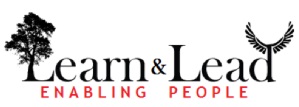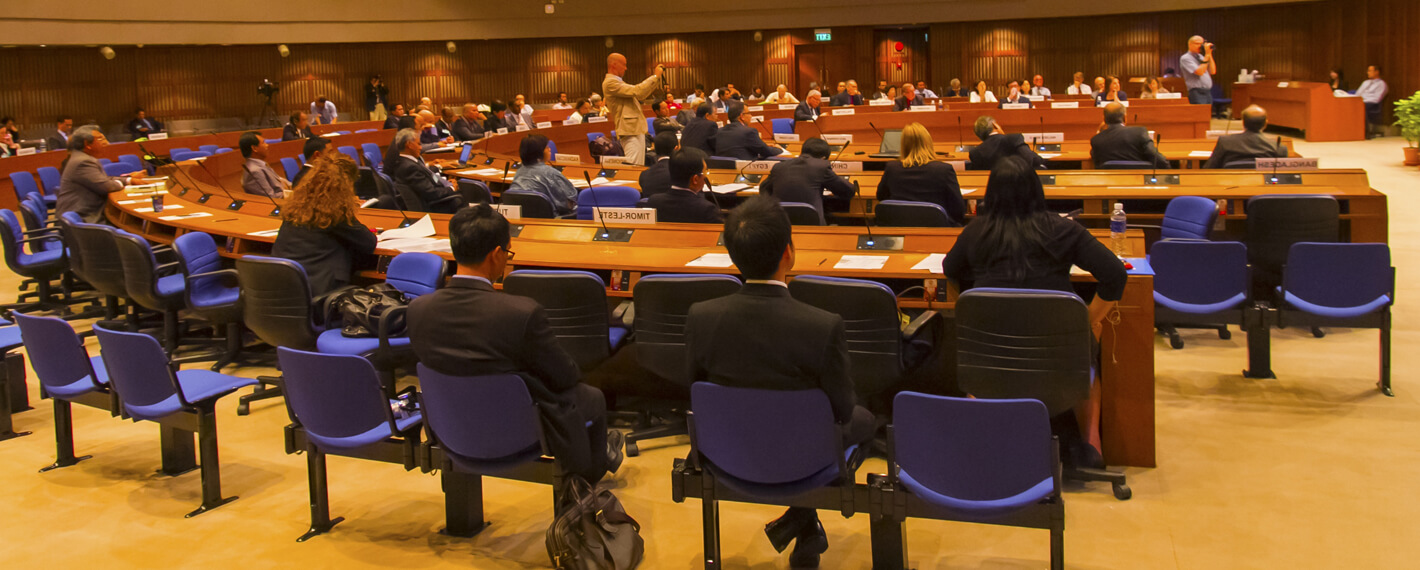“When are you going to write about Tare Zameen Par on your blog?” wife asks me.
“I can’t write about that on my blog. My blog is about learning, content development and management. All the corporate stuff you know. I don’t write movie reviews on my blog.” I protest.
“Well the movie is about education and learning. It fits perfectly well on your blog.”
“But, it is still just a movie…”
“So what is your write up about iPhone doing on your blog? That isn’t even remotely about learning and education.” she demands to know. “If you can write about iPhone, you can write about this. It is your blog, you can write anything you want.”
“But I have readers from across the world now” I glance at the little widget on the left with scrolling names of various countries with the number of visitors. “What do they care about Tare Zameen Par?”
Wife peers over my shoulder and views the widget and then stares at me in silence, tapping her right foot lightly on the floor. I smile. Smile is my exit strategy when I lose an argument with wife. When you have a Special Educator for a wife and see a film on dyslexia, made by her favorite actor, you shut up and write about it.
 In my view, Tare Zameen Par (TZP it seems is the horrible official abbreviation) is actually about the ignorance in our society about dyslexia and the suffering young children go through because of this ignorance. It is an absolutely beautifully made film, an extremely moving portrayal of the struggles of a young dyslexic boy. It is a film that will make you cry each time you see, it is a film that I want to own on a DVD. If I was a film critic, I would give it a five star rating.
In my view, Tare Zameen Par (TZP it seems is the horrible official abbreviation) is actually about the ignorance in our society about dyslexia and the suffering young children go through because of this ignorance. It is an absolutely beautifully made film, an extremely moving portrayal of the struggles of a young dyslexic boy. It is a film that will make you cry each time you see, it is a film that I want to own on a DVD. If I was a film critic, I would give it a five star rating.
The film attempts to educate the parents directly, and the teachers indirectly, about dyslexia and its impact on little children if not handled sensitively. In spite of the emotional portrayal, great music and fantastic production value the film falls short of a few critical details. As a society, we do need to recognize dyslexia and learning disability and need to handle it sensitively. At the same time, it is also important to know that there are special methods and techniques to teach children with learning difficulties. These methods are not just about an art teacher coming and freeing children’s minds to try out unconventional things. The film completely misses out the role of Special Educator. Special Educators play a very critical role in helping dyslexics and children with learning disability cope with their ability to read and write.
The film has been criticized by some of its not so positive portrayal of teachers. There are teachers and there are teachers. But if a film portrays ALL regular teachers poorly I would agree with the criticism. Not just the film portray teachers in bad light, it doesn’t do enough to educate them to be able to deal with children with dyslexia and learning disability. I would have loved to see if Nikumbh, the art teacher in the film would have been shown taking a workshop for the teachers about dyslexia and perhaps the school changing some of its policies.
The film could also make a case for inclusive education and the need for schools have Special Educators and Counselors. While the film shows a polio stricken boy as part of the mainstream class, it doesn’t do enough to provide a case for inclusive education for dyslexics.
Finally moving away from the film, I wonder if perhaps Minimally Invasive Education techniques might contribute to some innovative techniques and principles in inclusive education in schools. It wasn’t quite meant to solve the problems of learning disability, but is employed as a tool to enhance inclusive education; it could perhaps become a useful tool for children with dyslexia to copy with their learning difficulty.
An excerpt from Hole-in-the-wall website:
“Traditional Computer Based Learning (CBL) methods typically rely on one-way transmission of information. These methods are seen as extensions of classroom learning and thus viewed by children as restrictive. Consequently, results from such CBL initiatives have, at best, been mixed. In Contrast, Hole-in-the-wall Learning Stations seek to create a new paradigm in the learning process by providing unrestricted computer access to groups of children in an open playground setting. We believe that such an open setting will use child’s natural curiosity to stimulate learning. The essential features are:
Playground Setting – The learning station is set up in an outdoor playground setting which children can access at any time. It ensures that girls, who would generally not be sent to close room housing a computer, can now easily access the Learning Station in an open setting.The playground setting offers a host of other advantages. Unconditional access to Learning Stations ensures that both children in-school and out-of-school can use them. Another advantage is that the unstructured nature of this setting also ensures that children themselves take ownership of the Learning Station by forming self-organized groups who learn on their own. Finally an unsupervised setting ensures that the entire process of learning is learner-centric and is driven by a child’s natural curiosity.
Collaborative Learning – The learning station fosters collaborative learning among groups of children instead of following the usual school model of rote based learning (unidirectional). This allows children to explore, learn, share and learn even more as a result of this exchange of knowledge. This ‘multiplier effect’ of collaborative learning is utilized fully by HiWEL learning stations.
Optimum utilization of Learning station – In a traditional computer lab setting, pedagogy is ‘instruction based’ where focus is on dissemination of information. Moreover the access to computer is restricted by average usage time available per user (more so by the ‘scarcity mentality’). As opposed to this, HiWEL Learning Stations rely more on exploratory learning where children who can freely experiment on the Learning Station. Again, groups of children access the Learning Station leading to twin advantages of collaborative learning and multiple children using the Learning Stations at the same time. This leads to much greater impact on children than a traditional lab based setting.
Integration with the school system – A big advantage of the HiWEL learning station is that it fits in nicely with traditional schooling and seeks to reinforce structured learning through peer discussions, increased curiosity and better retention.In schools where the Learning Stations were installed, some teachers have reported improved retention and increased receptivity among children. There have also been early indications of constructive in-class behavior and better scores among kids using the Learning Stations. HiWEL Learning Stations thus seek to enhance the effectiveness of overall learning experience by integrating with the schooling system.
Learning to learn – Apart from addressing the issue of education skills, HiWEL Learning Stations address a more fundamental skill set –the Process of Learning itself. By encouraging children to explore the Learning Station, it seeks to impart them with problem solving skills and an ability to think critically. So, while a child learns how to use educational software, she also develops an ability to analyze, synthesize and evaluate information which in turn builds her long term ability to learn.
Projects by Children – The Learning Stations are used for various real life projects. These projects are designed to engage children in authentic tasks relevant to their daily lives. Moreover they are designed to be locally relevant so that children can directly relate to them. The children can then use the Learning Stations for culling out information, compiling data and preparing reports. This will help develop their personalities while engaging them in tasks which could be of use to local community.”

